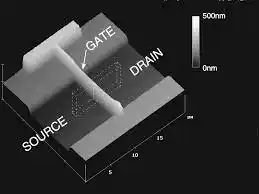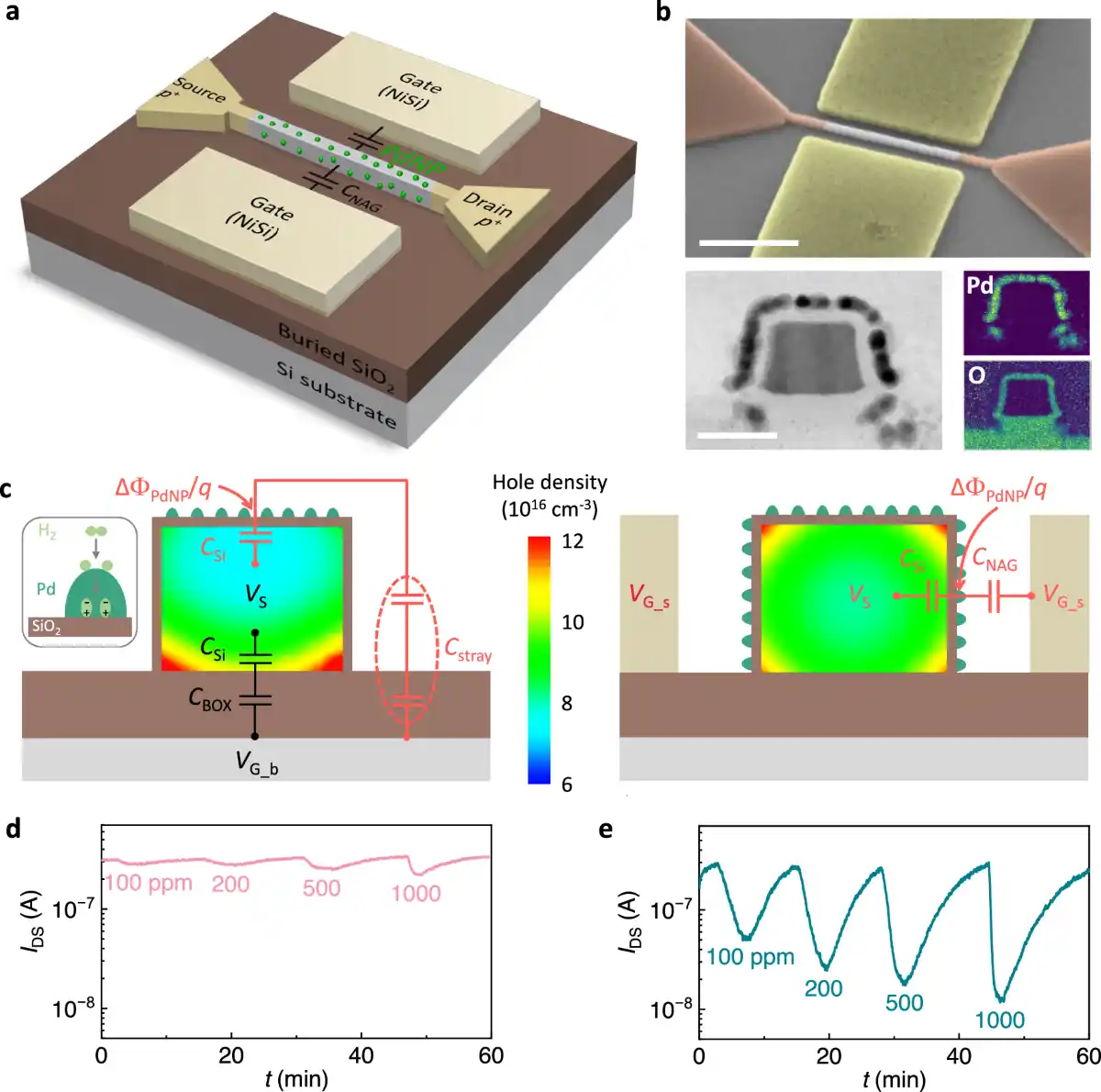افشین رشید
اُستادیار ؛ عضو هیات علمی دانشگاه آزاد اسلامی واحد علوم و تحقیقات تهران
621 یادداشت منتشر شدهStudy and Analysis of Nanotransistors (Graphene - Full Carbon) Graphene Nanotransistors Structure and Function

Note: Graphene has special electrical properties that make it a promising candidate for future nanoelectronics. While graphene, a one-dimensional layer of carbon, is a conductive material, it can be turned into a semiconductor in the form of nanowires. This means that it has a sufficient energy, or band gap, in which there are no electron states - it can be switched on and off, and so may become a key component of nanotransistors.
The role of graphene nanosheets (GA) in the construction of nanotransistors is that the electric field created by the gate electrode controls the current created by the two source and drain electrodes. The drain current is modulated by changing the density of charge carriers in the two-dimensional transmission channel. In a multilayer Si graphene field-effect nanotransistor, a 3D transmission channel modulates the drain current with the thickness of the three-dimensional transmission channel . In the circuit diagram of a multilayer GA graphene field-effect nanotransistor, the two source and drain electrodes are directly connected to the semiconductor, while the gate electrode is capacitively connected to the semiconductor using a gate dielectric.

Numerous chemical and physical methods have been proposed to produce different types of multilayer nanographene. The basic idea of physical methods is that in these methods, they try to eliminate the forces between the graphene sheets in graphite and separate them to obtain single layers of graphene or graphene oxide, which is the top-down method. In chemical methods, multilayer nanographene is made by placing individual carbon atoms together, which is also called the bottom-up method.
Conclusion :
Graphene, a one-dimensional layer of carbon, is a conductive material, but it can be turned into a semiconductor in the form of nanowires. This means that it has a sufficient energy, or band gap, where there are no electron states - it can be switched on and off, and so could become a key component of nano-transistors.